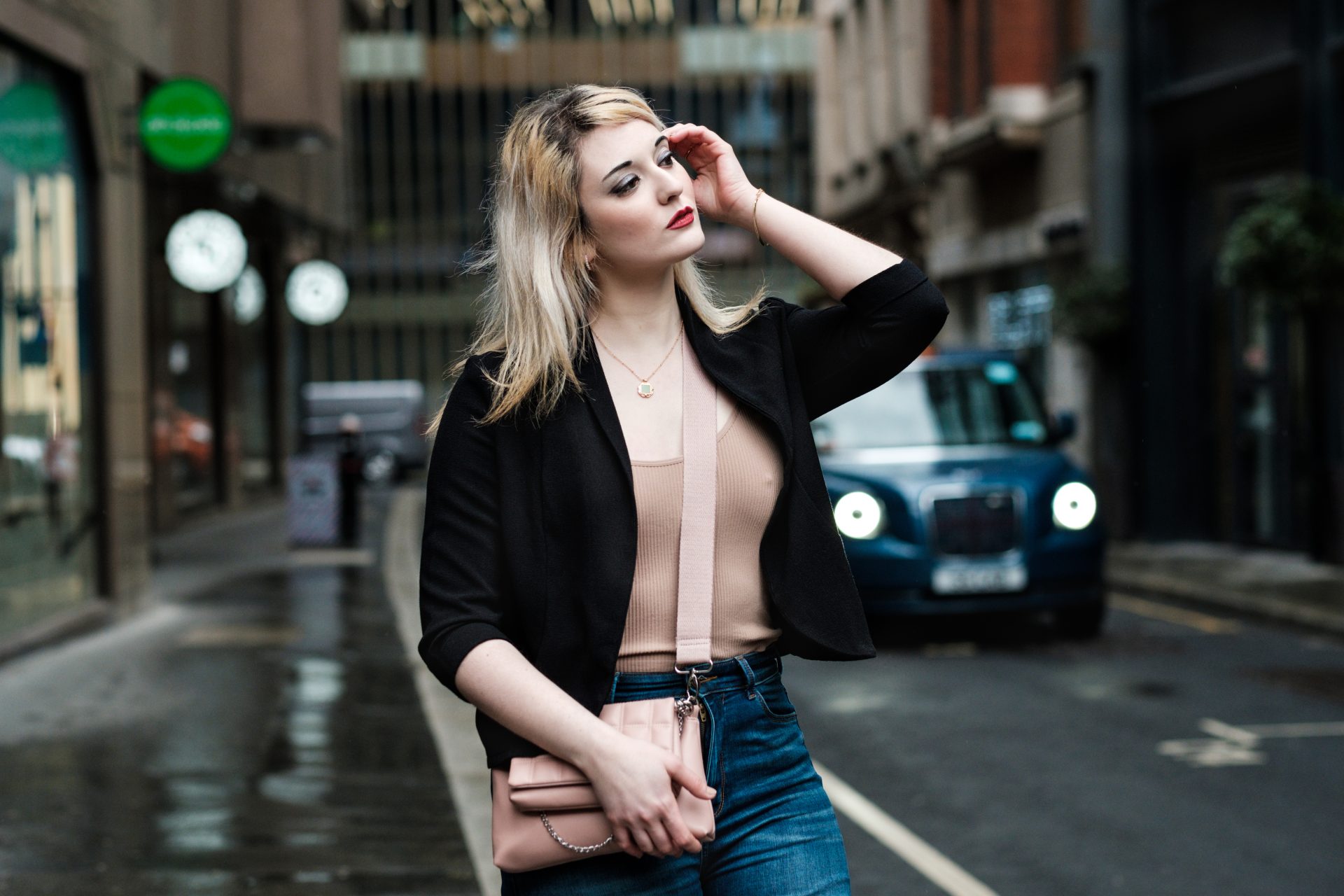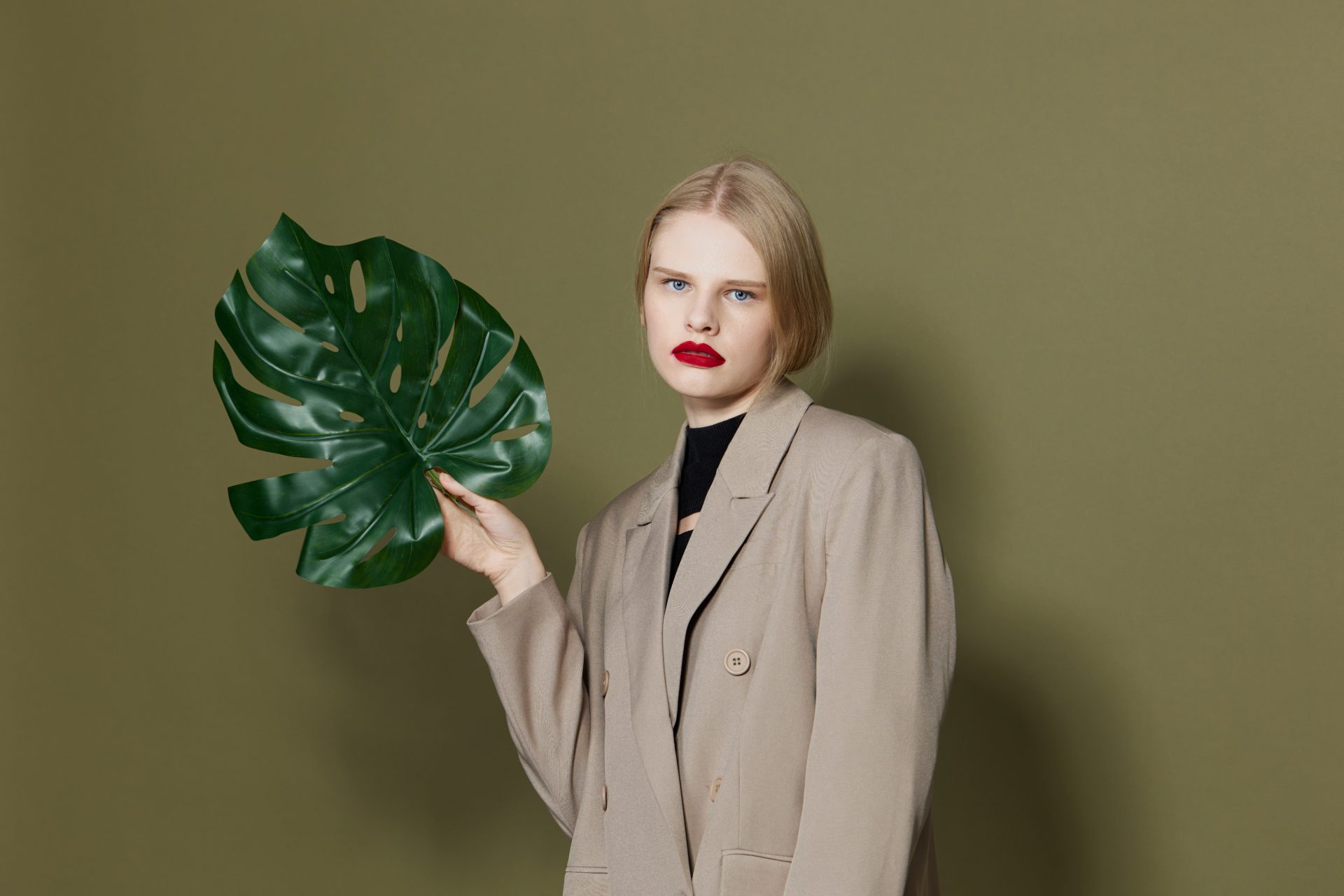This year at London Fashion Week, the aim was not only to create stunning styles but to do so with sustainability in mind. When actor and activist Emma Watson took to the stage wearing an outfit made from 100% recycled fibres, it was more than just a statement of personal style. Watson was making a declaration of sorts: that you can have an appearance that wows and still have a conscience.
“Fashion that doesn’t exploit people or the planet is possible,” she said. And while she and myriad fabulous figures have drummed this point home for some time now, it’s really been in the last year or two that we’ve seen sustainable fashion grab for itself a sizeable piece of the fashion-week zeitgeist. Today’s fashion scene isn’t evolving into something sustainable by compromising on elegance.
It’s taking that very idea and redefining luxury in a new way. For a long time, and with a powerful presence, Stella McCartney has led the movement toward sustainable fashion. But the way in which her influence is felt across the industry really surprised me at the EcoChic Design Awards.
Even brands I think of as fast fashion are beginning to incorporate transparent production practices and recycled materials into their lines. Truly, the 2020s fashion scene seems to be collectively leaning into a new way of thinking. Every time I see a brand featured in the awards, I think to myself: “That’s a worthy competitor.”
I started to perceive sustainable style as a kind of narrative—a story spun into every fibre of every garment.
When I now pick out a piece, it’s not just fabric and design that I choose; I see the legacy of artisans in the sustainable practices that brought the clothes to life and a future where fashion really can be a force for good. I had this realisation during a recent trip to an independent boutique in Shoreditch. The owner spoke with such passion and devotion about how each piece in her collection was indeed sourced from and made by ethical producers and was designed to stand the test of time.
It’s not hard to feel swamped by the fashion industry’s embracing of sustainability—a concept that had been nearly invisible in fashion just a decade prior.
The change feels almost tidal in nature, and my social media feeds serve as a constant reminder of the conversation’s urgency. I pop onto Instagram or TikTok and am instantly immersed in a parade of eco-centric runway looks, upcycled streetwear, and brands hustling to reduce their carbon footprint. Sustainability is dissected and reimagined daily in these digital spaces, and for all their personal glam factor, the movement’s myriads of outward-facing moments are deeply internal for me.
Each sustainable piece in my wardrobe carries with it a story—an intimate moment of discovery propelling me to the kinds of desires that shorthand as “second nature.”
What’s particularly thrilling is how sustainability has breathed new life into the age-old concept of “timeless style.” Instead of having to serve the always fickle and fast-changing world of fashion, I now find blissful comfort in pieces that represent both tradition and innovation. Undeniably charming are a beautifully tailored jacket made from organic cotton or trousers spun from recycled fibres that, between the two of them, still manage to constitute an outfit that, in the real world, occupies the space between “business” and “casual.” And that, for me, is the beauty of sustainable fashion. Its versatility undermines the common misconception that eco-fashion is somehow lacking in “wow factor” or “must-have wardrobe piece” status.
Indeed, sustainable fashion might just be as much about preserving our environment as about preserving the authenticity that constitutes one’s style. This new approach to style isn’t just about individual choices; it’s a reply to the broader cultural moment we’re in. The fashion world is alive with initiatives aimed at reducing waste and promoting transparency.
Just recently, a number of high-profile brands committed to something most of us would consider quite ambitious: recycling everything they can by 2025 and achieving carbon neutrality in the not-too-distant future. It’s all very invigorating. And for my money, it’s what style really is all about: looking good, yes, but also doing good.
Seeing the changes that are a part of this new moment in fashion has really driven home the idea that the industry can be both aspirational and ethical. My own journey toward assembling a wardrobe that aligns with my values has taught me to view each purchase not just as something I need but more as a chance to help effect change within the industry. Too often, when the pieces are merely “ingredients” in the construction of a “coastal grandma” ‘fit, we don’t think at all about the artistry or ethics surrounding the garment.
But there’s so much movement right now in the world of fashion toward bettering both your and my realms of “fit.” That doesn’t mean it’s easy to shop with sartorial conscience. In fact, doing so can feel Sisyphean when you’re constantly up against eco and human tolls. Still, not even trying feels less right, right?
And what better time than now to turn that world upside down through your personal playbook? There are, of course, challenges along the way. Sustainable fashion can sometimes feel like a niche market, where offerings are few and far between, and prices reflect the high cost of doing right by the people who make our clothes and by the earth itself.
What I’ve discovered is that investing in sustainable pieces often means investing in quality that lasts. More than that, the kind of durable, classic-to-the-point-of-plain design that marks much of this clothing means it transcends ordinary means in getting you from one moment, one day, one season, to the next. Still, when I look at price tags marked “$110,” I’m reminded that I live in the real world.
I also find that adopting sustainable style has opened up my understanding of beauty and luxury. It has prompted me to look beyond the slick surface of high fashion and to marvel at the well-thought-out details that make each piece unique. The delicate stitch on a blazer made of recycled fabric, the smart use of natural dyes in a hand-crafted skirt, or the elegant simplicity of a well-cut organic cotton shirt—all these features make me look more closely at the fashion I encounter.
They prompt me to consider the meanings of the words “high fashion,” “luxury,” and “authenticity.”
The push toward sustainable fashion is more than a trend; it asks us to act. It says: Look at the impact you’re making with all your manner of expression—not just the artfully arranged, stylish parts of life you see and others see but also the parts we are sort of obligated to keep behind closed doors. Shouldn’t those parts be as responsible and with as much conscience as the parts we proudly put on display?
This kind of fashion future feels not just possible but inevitable when one looks at the passionate, committed, and diverse array of figures—from celebrities to designers to everyday style enthusiasts—who are right now rallying to the sustainable cause. As I look back on this journey, I realize that sustainable style is not only about the garments we don but also about the values they carry. For me, it’s a powerful reminder that self-expression through fashion can, when done right, also be a catalyst for change.
Every time I slip into a responsibly made garment, I feel part of a wider methodology—one that champions beauty with integrity and envisions a world markedly different from the one we inhabit now. This Earth Day, I encourage you to take a moment to reflect not just on how your clothes are made but also on the fashion values you hold. Building a wardrobe with conscience is not a straight road to follow but a beautifully winding path with many stops along the way.






















0 Comments